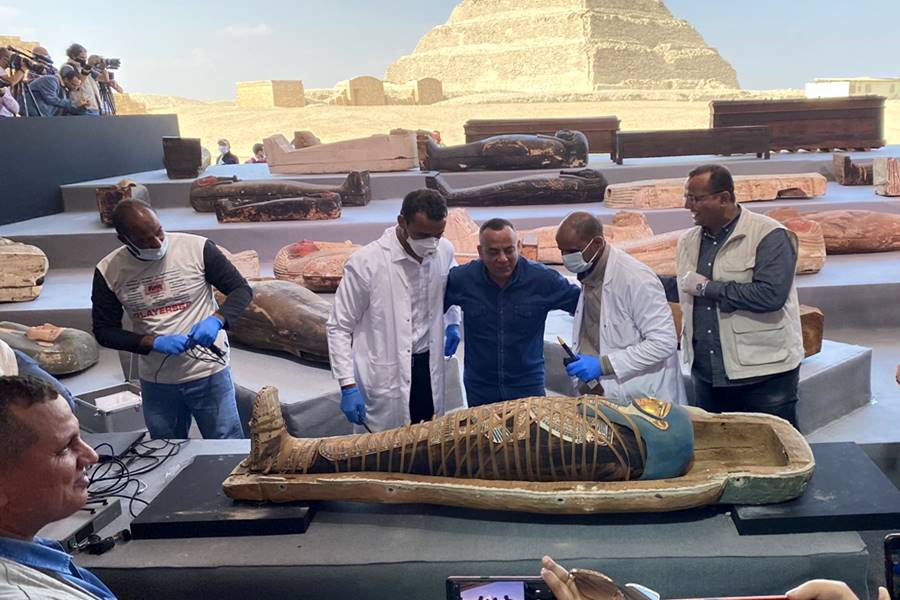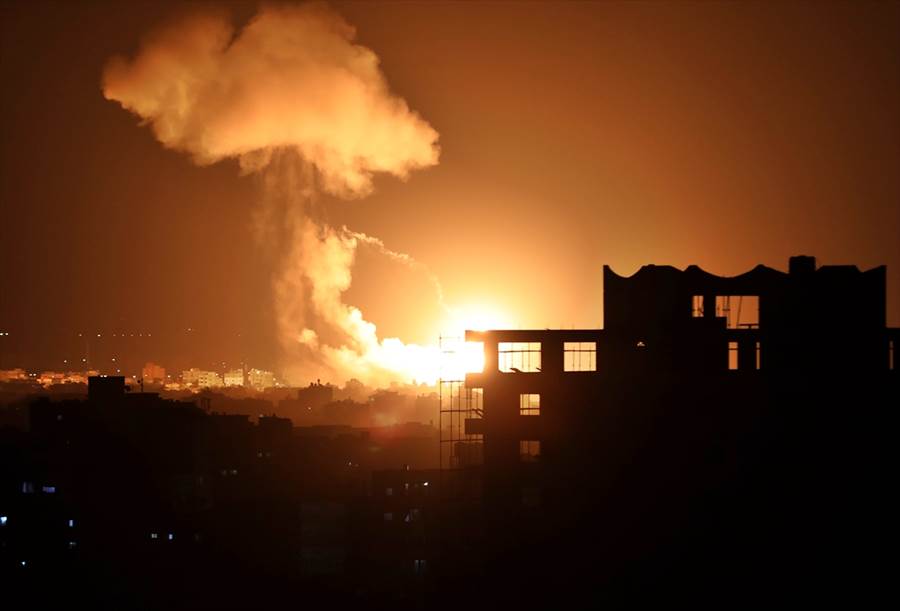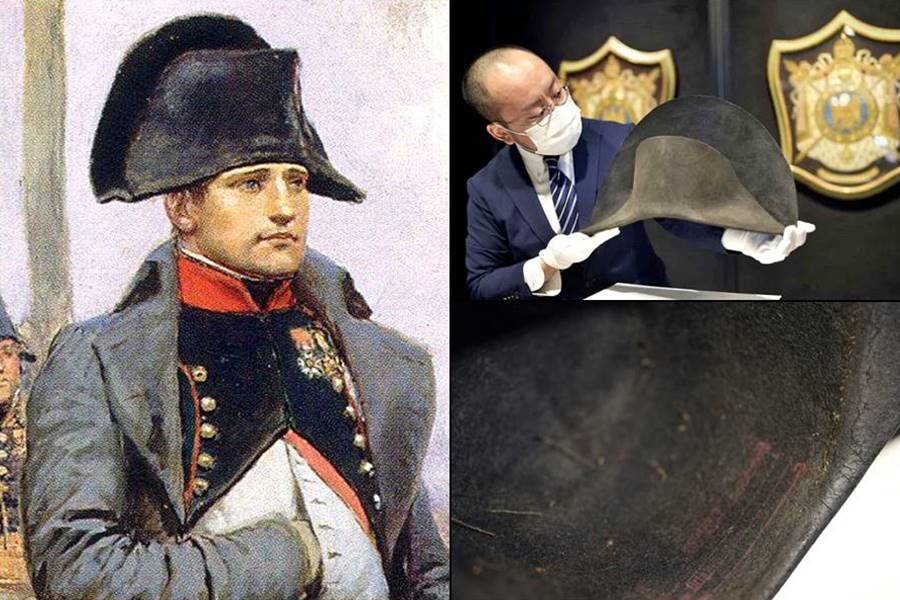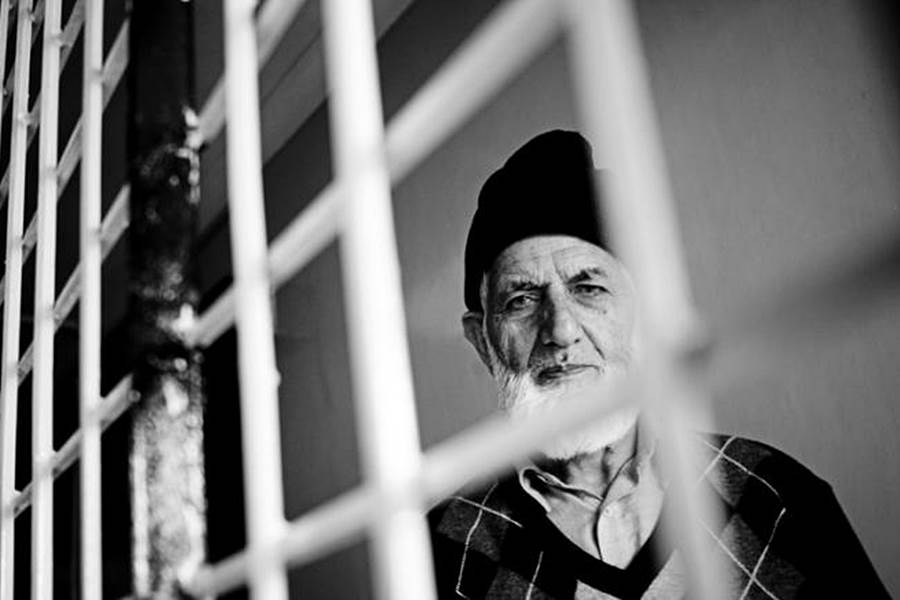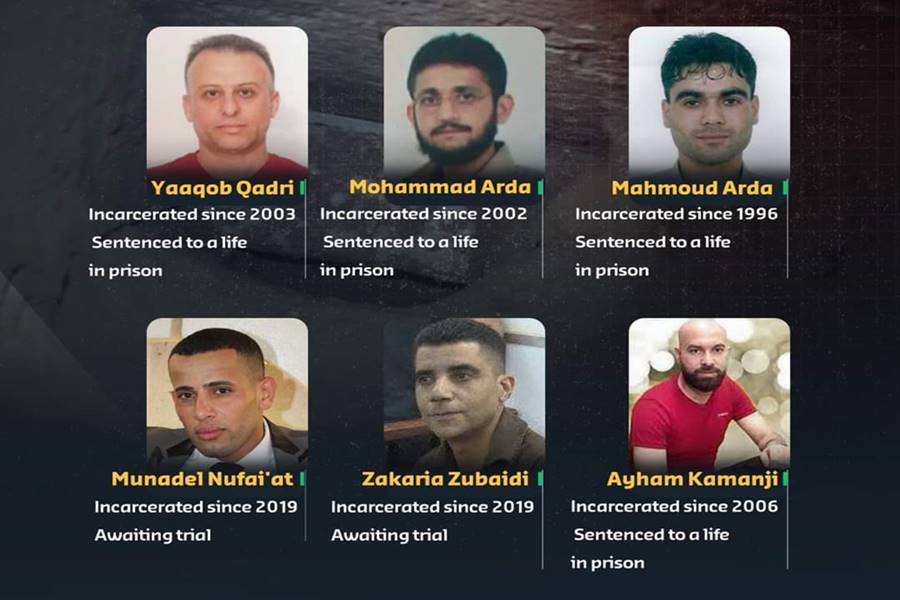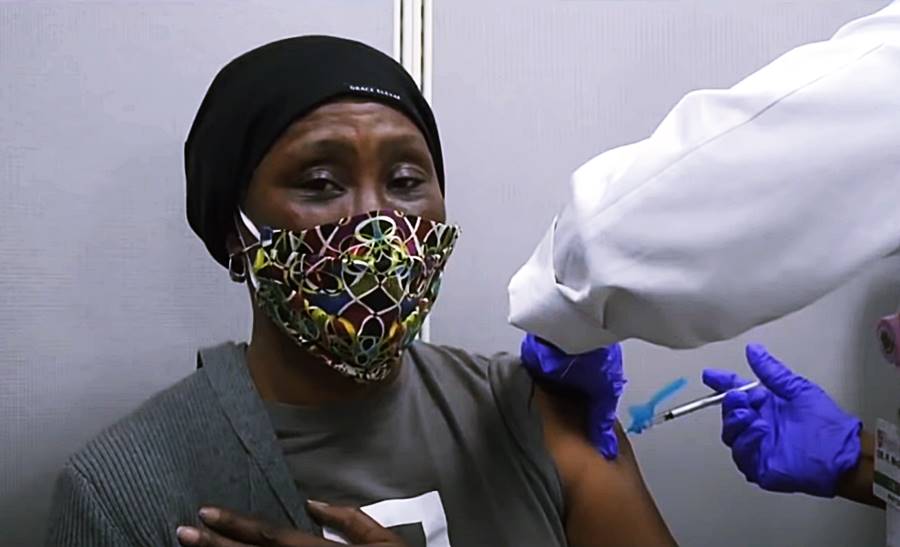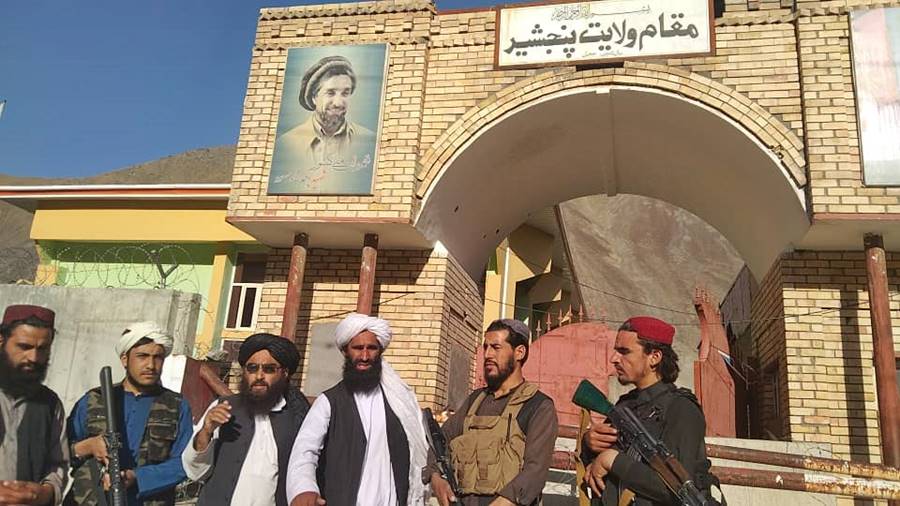Mon 22 February 2021:
The Syrian chemical weapons program’s top scientist is alleged to have spied for the United States for years while working to advance the Assad regime’s capabilities, according to a new book being published this week.
Red Line: The Unraveling of Syria and America’s Race to Destroy the Most Dangerous Arsenal in the World, written by the award-winning American journalist Joby Warrick, reveals the scientist’s journey and role in Damascus’ chemical weapons program while providing information to the US.
The scientist – whose identity is withheld by the author but is referred to as “Ayman” – returned to Syria after studying in the US during the 1980s on a scholarship. He then became a senior researcher in a secret chemical weapons program named Institute 3000, which was covertly part of Syria’s Scientific Studies and Research Centre (SSRC), the institute set up by President Bashar Al-Assad’s father Hafez which leads the regime’s development of chemical weapons.
According to Warrick’s book, which cites interviews with a Syrian dissident who knew the scientist and with three “former US intelligence officials familiar with the case,” Ayman reached out to the Central Intelligence Agency (CIA) in his 30s while at a conference in Europe during the mid-1990s.
He then began informing the agency on confidential matters such as samples of nerve agents that Institute 3000 was working on after a CIA officer approached him in Damascus, receiving regular payments “in the form of cash transfers to a foreign bank account.”
That reportedly ended in late 2001, however, when the Syrian intelligence services brought the scientist in for questioning due to a minor case of reports that he had asked the SSRC’S foreign suppliers for payments in return for putting them forward for further contracts.
Wrongly thinking that the interrogators found out about his contact with the CIA, he confessed everything to them, and was subsequently detained and executed by a firing squad in Adra Prison on 7 April 2002.

Despite the Assad regime having largely destroyed much of its chemical weapons stockpiles in 2013 due to international demand and outrage following their use on Syrian civilians and their prohibition under international law, the SSRC still operates to this day and is thought to still be developing its chemical arsenal.
Last month, the United Nations admitted that it was unsure whether Syria had actually completely eliminated its stockpiles of chemical weapons, and this month the UN urged the regime to cooperate with the efforts to rid itself of the weapons that it has used throughout the ongoing civil war.
Article Originally Published in Middle East Monitor CLICK HERE
FOLLOW INDEPENDENT PRESS:
TWITTER (CLICK HERE)
https://twitter.com/IpIndependent
FACEBOOK (CLICK HERE)
https://web.facebook.com/ipindependent
Think your friends would be interested? Share this story!





